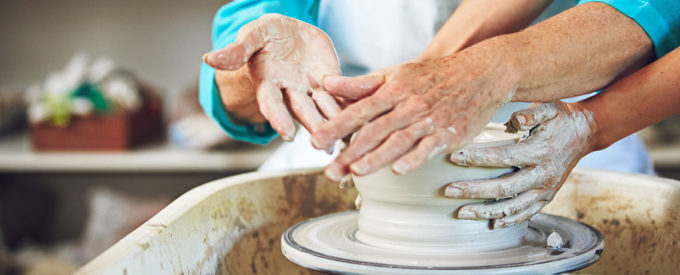
Osteoarthritis (OA) is the most common form of arthritis and is defined by the wear and tear of inflamed joints. Over 30 million American adults today have this degenerative disease and it’s more common among women.
It shouldn’t be a surprise that we start to feel joint aches and pains when we get into our 60s – our joints have gotten a lot of use by the time we reach senior age.
In a normal joint – at the meeting point of two bones – there is a firm, but flexible, layer of tissue that surrounds the ends of the bone called cartilage. Cartilage makes it easier for your bones to move around smoothly. With Osteoarthritis, the cartilage starts to break down and ultimately deteriorates to the point where bone is rubbing against bone.
So, how do you know if the joint pain you have is caused by Osteoarthritis? You will want to ask your doctor for an accurate diagnosis and treatment options. The majority of our patients with OA have pain in their hips, knees and spine – as these are weight-bearing joints. However, it is not uncommon to have OA in the hands and shoulders. The symptoms we see most are:
- Sore and aching joints with movement
- Feeling stiff after rest
- Swollen joints
- Pain after extended use
- Pain after lack of activity for long periods of time
It can be difficult to pinpoint the exact cause of Osteoarthritis because a) it happens over a long period of time and b) there are several common factors that can cause OA, such as:
- Injury. Bones that have been broken near a joint are more likely to have OA in that joint.
- Repetitive strain. Doing the same movements over and over again (sports, job, etc.) speed up the degenerative process.
- Being overweight. Putting extra strain on joints that already bear weight (hips, knees and spine) wear them down quicker.
- Family tendency. People with hereditary defects, such as joint abnormalities or defective cartilage, have the tendency to develop OA.
- Bone and joint misalignment. Bones and joints that don’t line up correctly break down the cartilage between them quicker.
Although there is no cure for Osteoarthritis, you can get help easing your symptoms. Usually, we recommend a combination of different treatments. Pain management varies from person to person, but these can help control joint pain from OA:
- Over-the-counter medications like Acetaminophen (Tylenol) and NSAIDs (Aspirin, Ibuprofen) can help reduce inflammation and pain.
- Physical therapy and low-impact exercise (walking, swimming) to increase muscle strength and keep joints limber.
- Heat therapy (whirlpool or spa) to help ease pain and stiffness
- Compression wraps to help reduce inflammation
- Paraffin treatments to help with pain and stiffness in hands
- Braces to help with joint support and alignment to reduce joint pain.
- Weight loss to reduce the amount of pressure being put on weight-bearing joints.
- Ice packs and rest to reduce inflammation.
- Hyaluronic acid injections to help lubricate the joint and allow the bones to slide over each other more easily.
- Surgery (often a last resort) may be the best option when other treatment doesn’t work well enough.
If you’re like most seniors, you’ve probably experienced some form of joint pain from Osteoarthritis. Contact your physician or visit a Be Well MD senior-specialized clinician. As always, feel free to call us with any questions you have along the way.
Resources:
- https://www.arthritis.org/Documents/Sections/About-Arthritis/arthritis-facts-stats-figures.pdf
- http://www.webmd.com/osteoarthritis/guide/osteoarthritis-basics#1
- http://www.arthritis.org/about-arthritis/types/osteoarthritis/what-is-osteoarthritis.php


